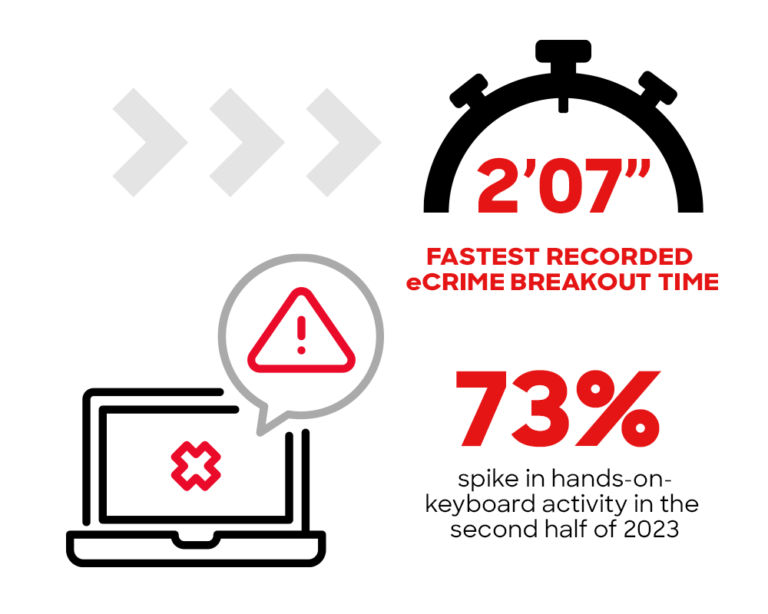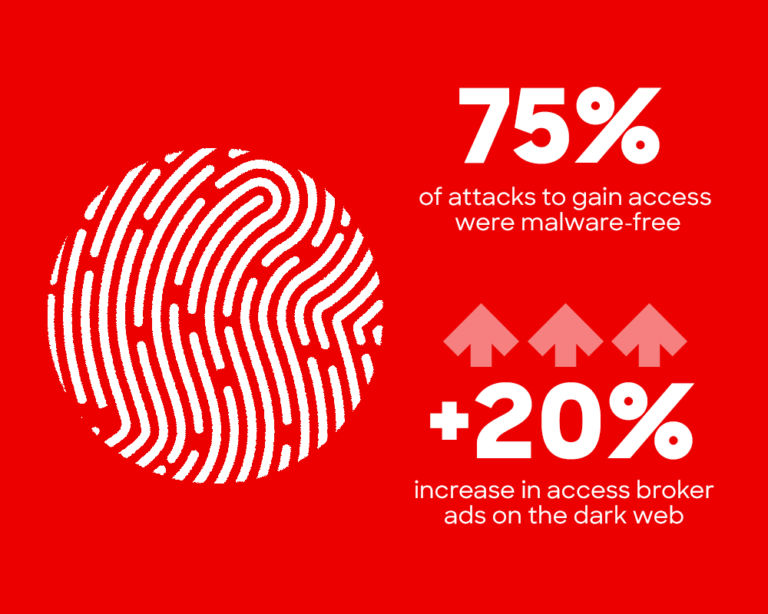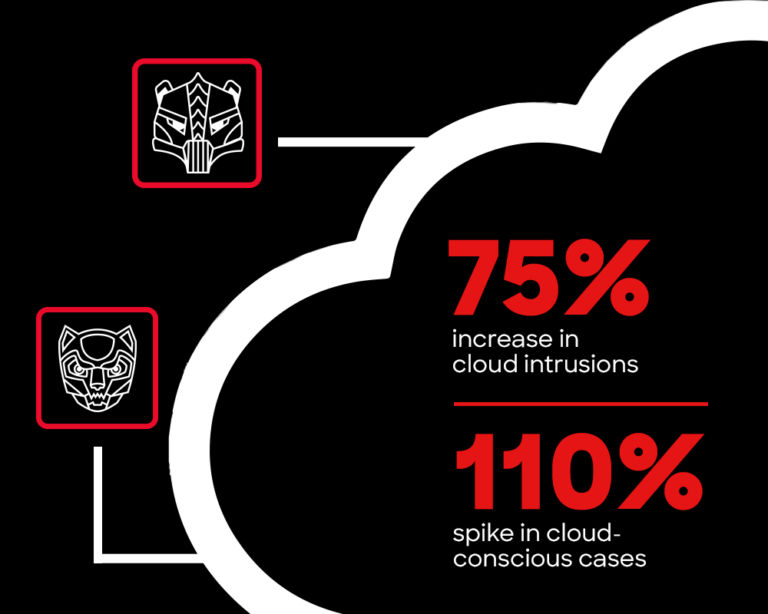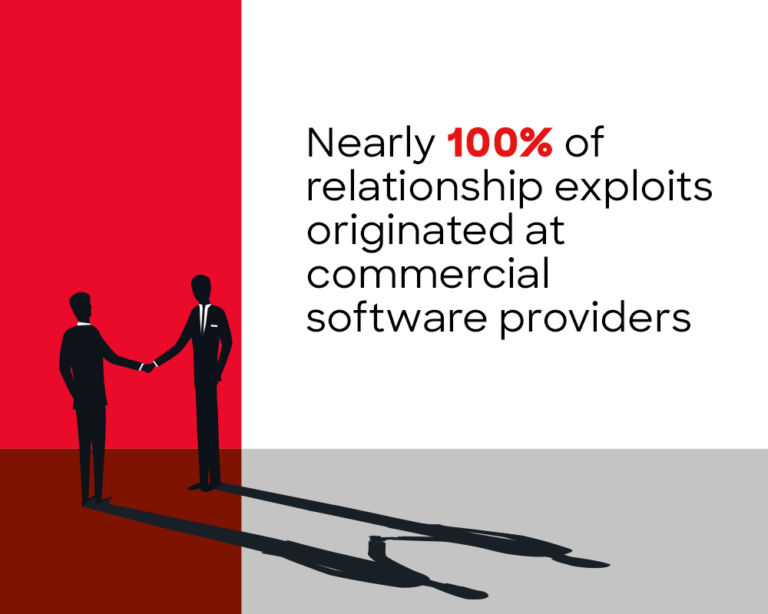CrowdStrike
2024 Global
Threat Report
2024 Global
Threat Report
2 min 7 sec — the fastest recorded eCrime breakout time
75% increase in cloud intrusions
Uncover the adversaries hiding in plain sight
Tracking 245+ adversaries and noting a record eCrime breakout time, the 2024 Global Threat Report unveils an alarming rise in covert activity and a cyber threat landscape dominated by stealth. Significant threat gains in data theft, cloud breaches, and malware-free attacks, show that despite advancements in detection technology, adversaries continue to adapt.
The must-read cybersecurity report of the year
Key report insights
Speed and stealth result in more successful attacks
Adversaries are operating with unprecedented stealth and today’s attacks take only minutes to succeed. They hide from detection by using valid credentials and legitimate tools, making it harder for defenders to detect a security breach.

Identity-based attacks continue to surge
Identity threats exploded in 2023. With the help of generative AI, adversaries like SCATTERED SPIDER are using new techniques to break in faster, such as phishing, social engineering, and buying legitimate credentials from access brokers. Tactics like SIM-swapping, MFA bypass, and using stolen API keys to gain initial access are becoming popular.

Adversaries are dominating in the cloud
Adversaries are capitalizing on global cloud adoption, making the cloud a prime battleground. Cloud-conscious adversaries, especially eCrime actors, use valid credentials to access victims’ cloud environments, and then use legitimate tools to execute their attack — making it difficult to distinguish between normal user activity and a breach.

Exploiting relationships opens access to multiple victims
Adversaries are maximizing their return on investment (ROI) by targeting vendor-client relationships, creating a single access point to target multiple organizations across verticals and regions. By exploiting access to IT vendors and compromising the software supply chain, they use trusted software to spread malicious tools.

Generative AI drives new adversarial risks
Adversary abuse of generative AI raises concerns about convincing social engineering campaigns and the creation of malicious software, tools, and resources to conduct stronger attacks. 2023 trends already prove AI was often used for social engineering, and the power of AI creates endless possibilities for adversaries to become even more sophisticated.



